Milgro is officially B Corp™ certified
Read moreSolar panels that now serve as a meeting room
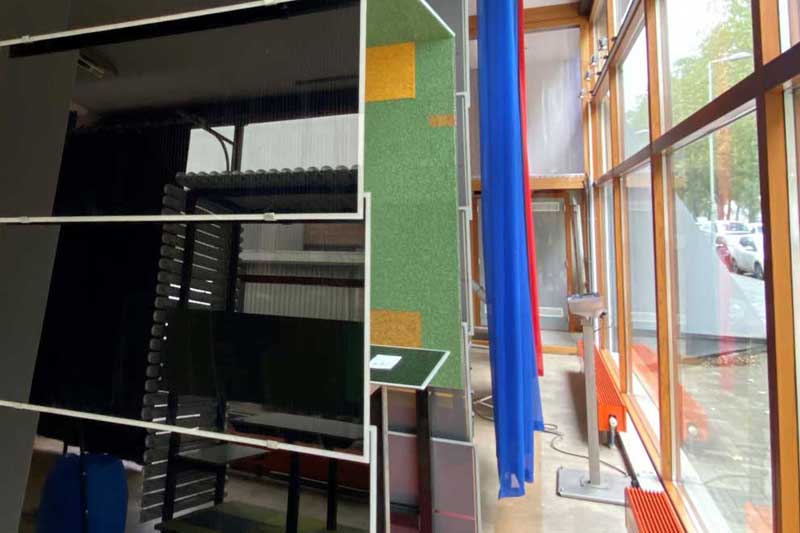
item: solar panel
economic life: 20-25 years
material: silicon, metal, glass
economic end point: landfill and incinerator
downcycling factor: high
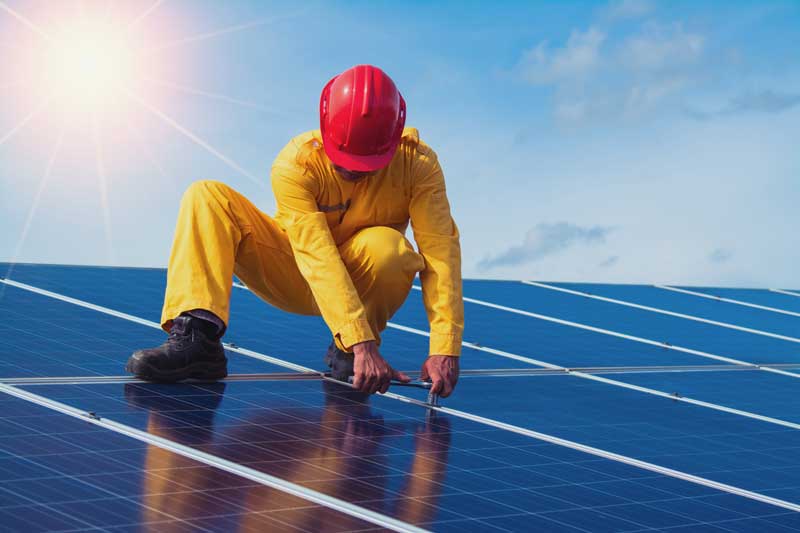
original: solar panel
Solar panels have been available since 1881, after the photovoltaic effect, the conversion of energy from the sun into electricity by a solar cell, was discovered in 1839.
Silicon is the most important component in most solar panels. Other components include glass, copper, aluminum, silver and polymers. Sometimes lead and tin are also processed. An average household in the Netherlands uses 3000 kWh of electricity per year. That is equivalent to the yield of 12 solar panels.
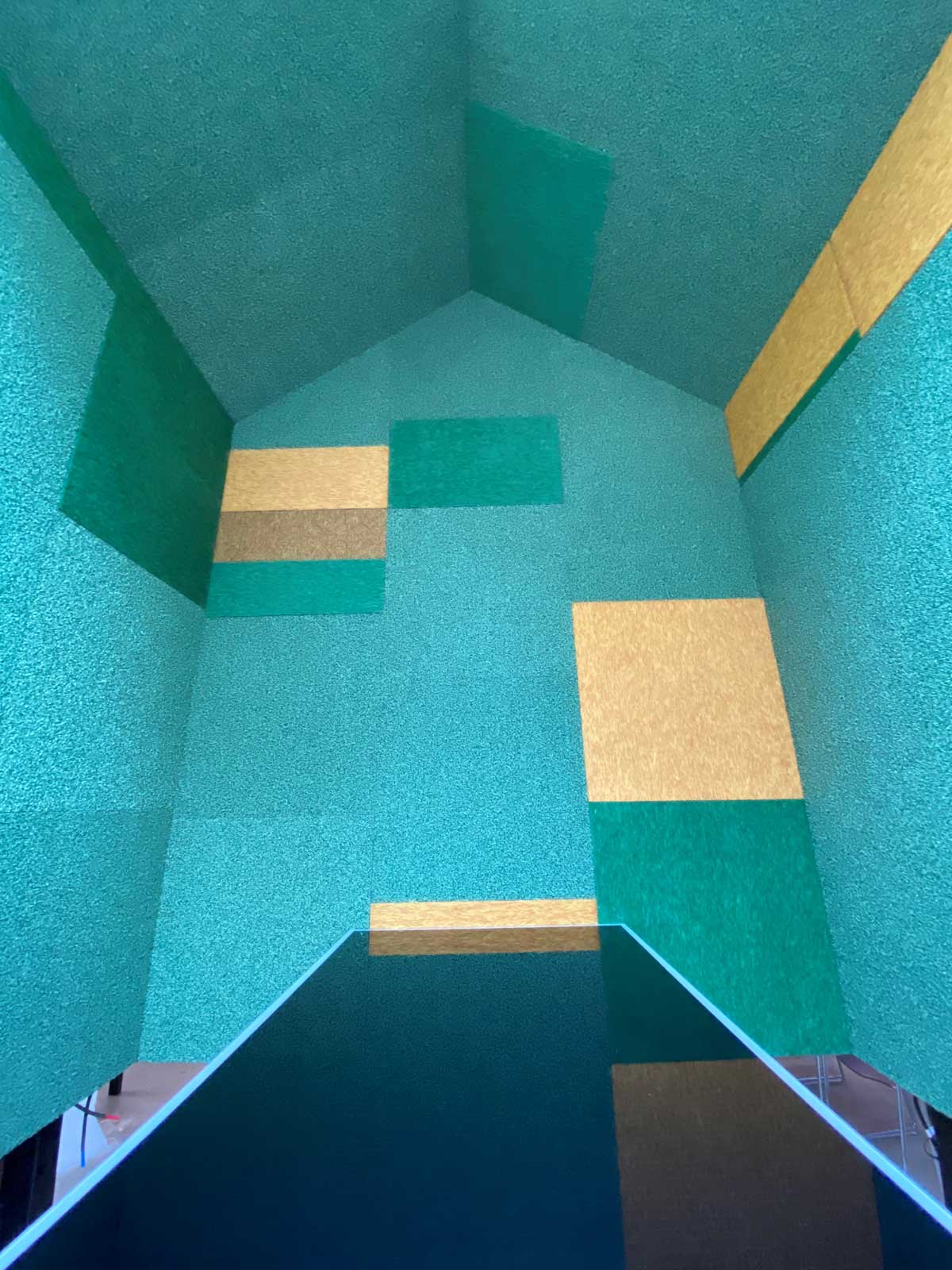
solar panel lifespan
There are currently more than 10 million solar panels in the Netherlands distributed over the roofs of homes, roofs of companies and solar parks. The lifespan of these solar panels is determined by the rate at which the power of the solar panel degrades, the durability under extreme weather conditions and the quality of the solar cells.

solar panels as an increasing waste stream
Solar panels are a huge waste stream. It is predicted that a global waste mountain of 60-78 million tons of panels will be created by 2050. Now solar panels often end up in landfills or incinerators, which can release toxic substances for people and the environment. Solar panels are not widely recycled. The solar cells are often packaged in a transparent adhesive layer for protection, but this makes effective recycling difficult. Other parts of the solar panels are easier to recycle, such as the glass and metal. However, the downcycling factor of the recycling process remains high.
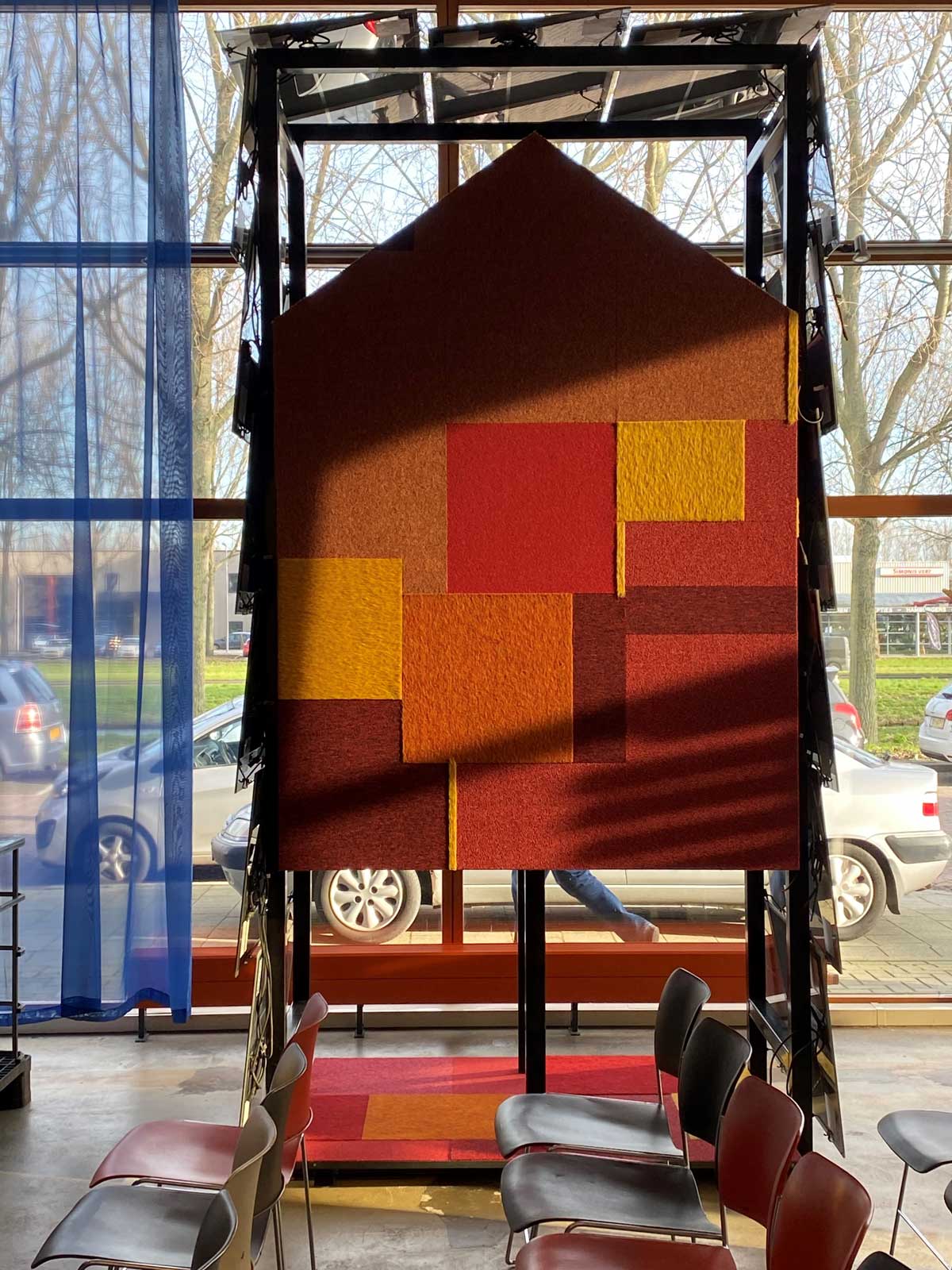

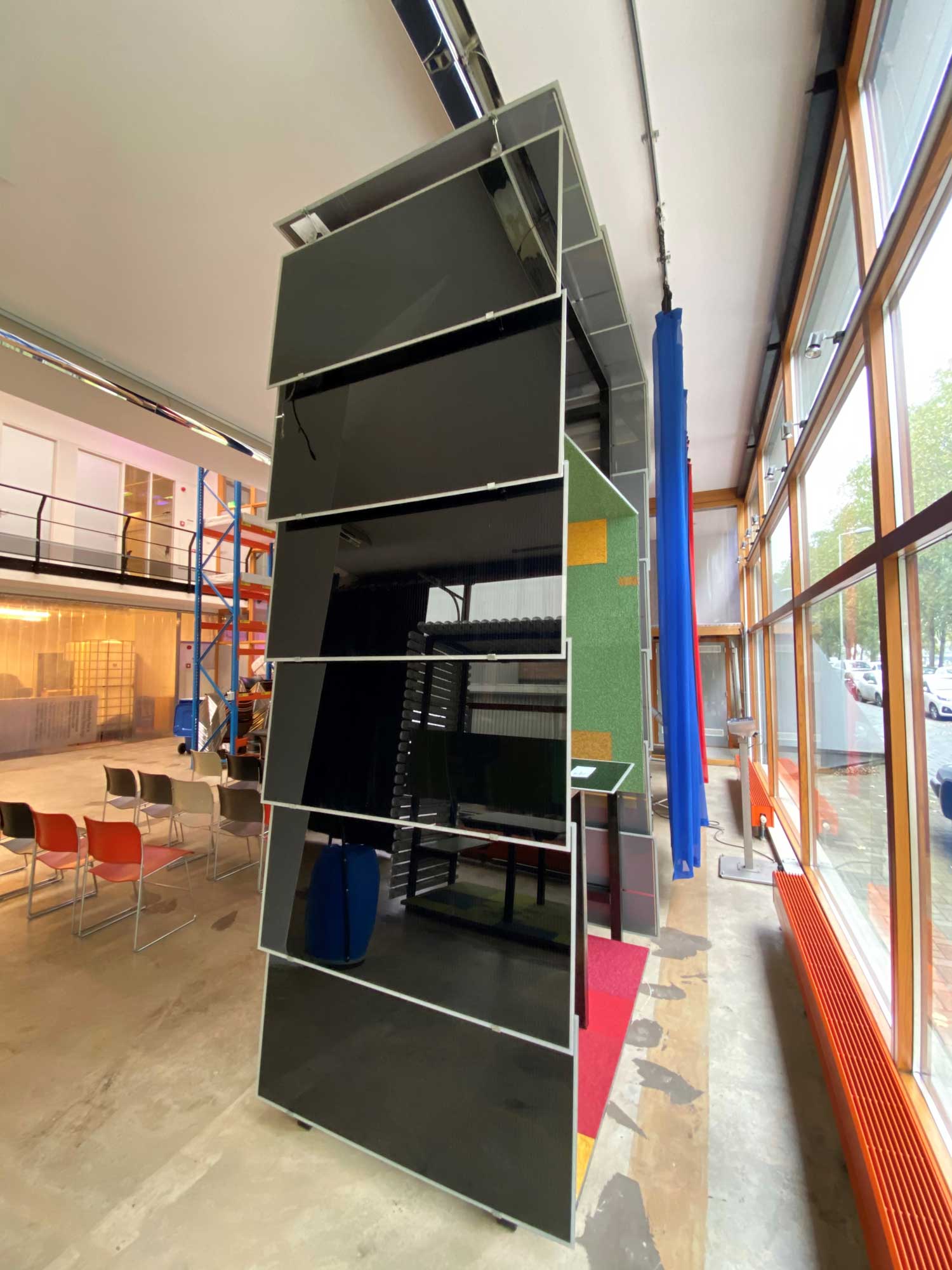
current: the solar pavilion
You will find the Solar Pavilion in the Milgro office building. Thirteen solar panels enclose the Solar Pavilion like a facade and a roof. In the pavilion there is a table whose top is a solar panel.
The nice mirror effect of the solar panels, which are otherwise hardly visible, can now be admired. The acoustics in the Solar Pavilion are pleasant due to the colorful carpet tiles. At Milgro we like to use the pavilion as a meeting room.

original: solar panel
Solar panels have been available since 1881, after the photovoltaic effect, the conversion of energy from the sun into electricity by a solar cell, was discovered in 1839.
Silicon is the most important component in most solar panels. Other components include glass, copper, aluminum, silver and polymers. Sometimes lead and tin are also processed. An average household in the Netherlands uses 3000 kWh of electricity per year. That is equivalent to the yield of 12 solar panels.

solar panels as an increasing waste stream
Solar panels are a huge waste stream. It is predicted that a global waste mountain of 60-78 million tons of panels will be created by 2050. Now solar panels often end up in landfills or incinerators, which can release toxic substances for people and the environment. Solar panels are not widely recycled. The solar cells are often packaged in a transparent adhesive layer for protection, but this makes effective recycling difficult. Other parts of the solar panels are easier to recycle, such as the glass and metal. However, the downcycling factor of the recycling process remains high.
Milgro's special office
Furnishing the office with end-of-use materials is in line with Milgro's vision that waste is a resource that has lost its way.
As a connector between disposers and recipients of used raw materials, Milgro applies this vision in practice. With technology, methodology and a proven approach, Milgro enables companies to successfully implement the raw materials transition. The result is profitable sustainability: Earth & Earn together.
Insights
Red de Gibbon (in de wereld van grondstoffen)
De Gibbon, een mensaap, is een van de meest bedreigde diersoorten ter wereld. Van de Hainan Gibbon,..
Gepubliceerd in Sudinfo: Waarom Black Friday meer kost dan je denkt
Het is bijna zover. Black Friday komt er weer aan. Wat we vroeger zagen als een Amerikaanse..
Een blik op afval vanuit Londen
In de blogserie ‘Een blik op afval vanuit…’ kijken we buiten de grenzen van Nederland en België...









